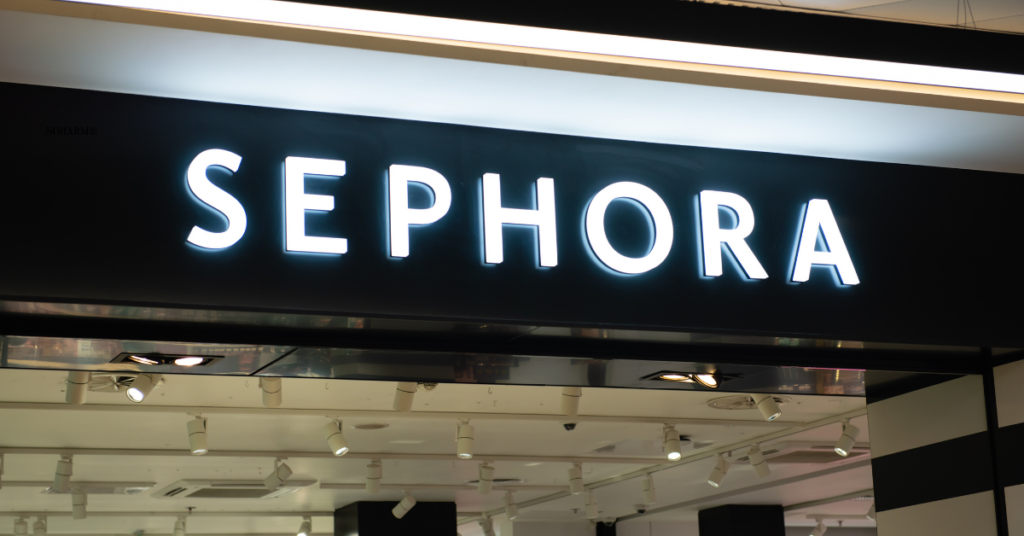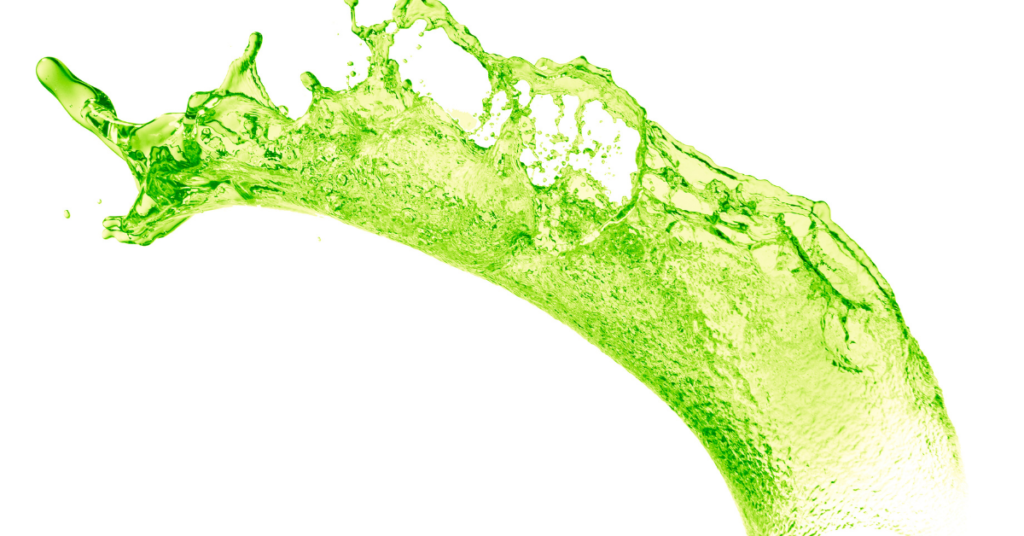Polyethylene in Clean Beauty: A Hidden Risk for Health and the Environment
As mentioned in a previous post, polyethylene shouldn’t be in products labeled “clean beauty” because it’s a type of plastic that doesn’t break down easily, contributing to environmental pollution. Worse, during its production, polyethylene can be contaminated with harmful chemicals like 1,4-dioxane and ethylene oxide. These substances are potential carcinogens, meaning they can increase the risk of cancer with long-term exposure. While polyethylene itself is reportedly not inherently toxic, its production process introduces harmful byproducts that compromise both health and environmental safety. Given that clean beauty promises non-toxic, safe ingredients for both skin and the planet, the inclusion of polyethylene contradicts these values.
Why Do Some Vegan and Clean Beauty Brands Use Polyethylene?
Despite polyethylene’s environmental drawbacks, some clean beauty brands may still include it in their products for several reasons. Firstly, polyethylene is cost-effective and versatile, helping improve the texture and consistency of products like bronzers, lipsticks, scrubs, and foundations. Secondly, it’s also not specifically banned or regulated by the government, meaning there is no legal obligation to exclude it from formulations. Additionally, some brands may prioritize vegan ingredients and/or eliminating other well-known toxins, such as parabens, sulfates, and phthalates, while overlooking polyethylene’s potential impact. For instance, vegan and cruelty-free brands such as Urban Decay, e.l.f., Tarte, and Flower by Drew all list polyethylene as an ingredient in certain products. This doesn’t necessarily make polyethylene a “safe” ingredient, but it highlights the trade-offs some beauty brands often face when considering ingredient choices, costs, and available alternatives.
The Expanding Polyethylene Market
The global polyethylene market is valued at USD 171.25 billion in 2025 and is projected to reach USD 266.58 billion by 2034. One of several significant drivers of this demand is the cosmetics industry (consumer packaged goods–CPG), which contributes to polyethylene’s use not only in packaging but also in products like exfoliating scrubs, lipsticks, bronzers, and other personal care items. As the global cosmetic industry continues to grow, polyethylene’s inclusion in beauty products helps fuel the overall expansion of the polyethylene market, highlighting the role of cosmetics in the broader plastic economy.
Beauty Industry Veterans and the Use of Polyethylene
Sarah Creal, a seasoned beauty industry expert, markets a lipstick, ‘Speak up for Yourself‘ as “powerfully clean,” yet it contains polyethylene—a plastic potentially harmful to both health and the environment. Given her extensive background in the beauty industry, many consumers might expect more in terms of environmental responsibility from the brand.
Despite marketing itself as a leader in pure clean beauty, Credo Beauty offers products like this Westman Atelier Vital Skin foundation stick that contains polyethylene, raising questions about the consistency of their ingredient standards. Similarly, Bobbi Brown’s latest beauty line, Jones Road, positions itself as clean beauty but includes polyethylene in its The Bronzer. These examples underscore the importance of checking ingredient lists, even from industry veterans, to ensure products align with the true values of clean beauty.
PEGs: A Related Concern
In addition to polyethylene, another ingredient often found in beauty products is PEGs (Polyethylene Glycols), which are derived from polyethylene. PEGs are commonly used in skincare and makeup for their emulsifying properties, but they are also associated with potential contamination by 1,4-dioxane and ethylene oxide. Many clean beauty brands avoid PEGs due to these concerns, but they may still include polyethylene, which shares similar risks. This underscores the importance of transparency in ingredient sourcing and formulation to truly align with the clean beauty ethos.
The Deceptive Promise of ‘Clean’ Beauty
Some clean beauty brands that include polyethylene in their products, while promising health, safety, and environmental consciousness, may not fully deliver on these commitments. By using polyethylene, these brands may expose consumers to harmful chemicals like 1,4-dioxane and ethylene oxide, while also contributing to environmental harm through non-biodegradable plastic. Trusting these brands to offer safe and non-toxic options, consumers may unknowingly be making choices that impact both their health and the planet. Additionally, by using such ingredients, these brands may be diluting the clean beauty label, undermining efforts to protect consumer health and the integrity of the industry. Meanwhile, the manufacturers of these chemicals continue to profit, highlighting a disconnect between the promises made and the reality of the products.
References:
Centers for Disease Control and Prevention, 1,4-Dioxane. U.S. Department of Health and Human Services, Public Health Service. https://wwwn.cdc.gov/TSP/PHS/PHS.aspx?phsid=953&toxid=199
EPA confirms health risks of 1,4-dioxane. Chemical & Engineering News, American Chemical Society. https://cen.acs.org/policy/chemical-regulation/EPA-confirms-health-risks-14/102/i36
New Jersey Department of Health. 1,4-Dioxane. Right to Know Hazardous Substance Fact Sheet. https://nj.gov/health/eoh/rtkweb/documents/fs/0789.pdf
California Office of Environmental Health Hazard Assessment. 1,4-Dioxane fact sheet. Proposition 65. https://www.p65warnings.ca.gov/sites/default/files/downloads/factsheets/1%2C4-Dioxane_fact_sheet.pdf




